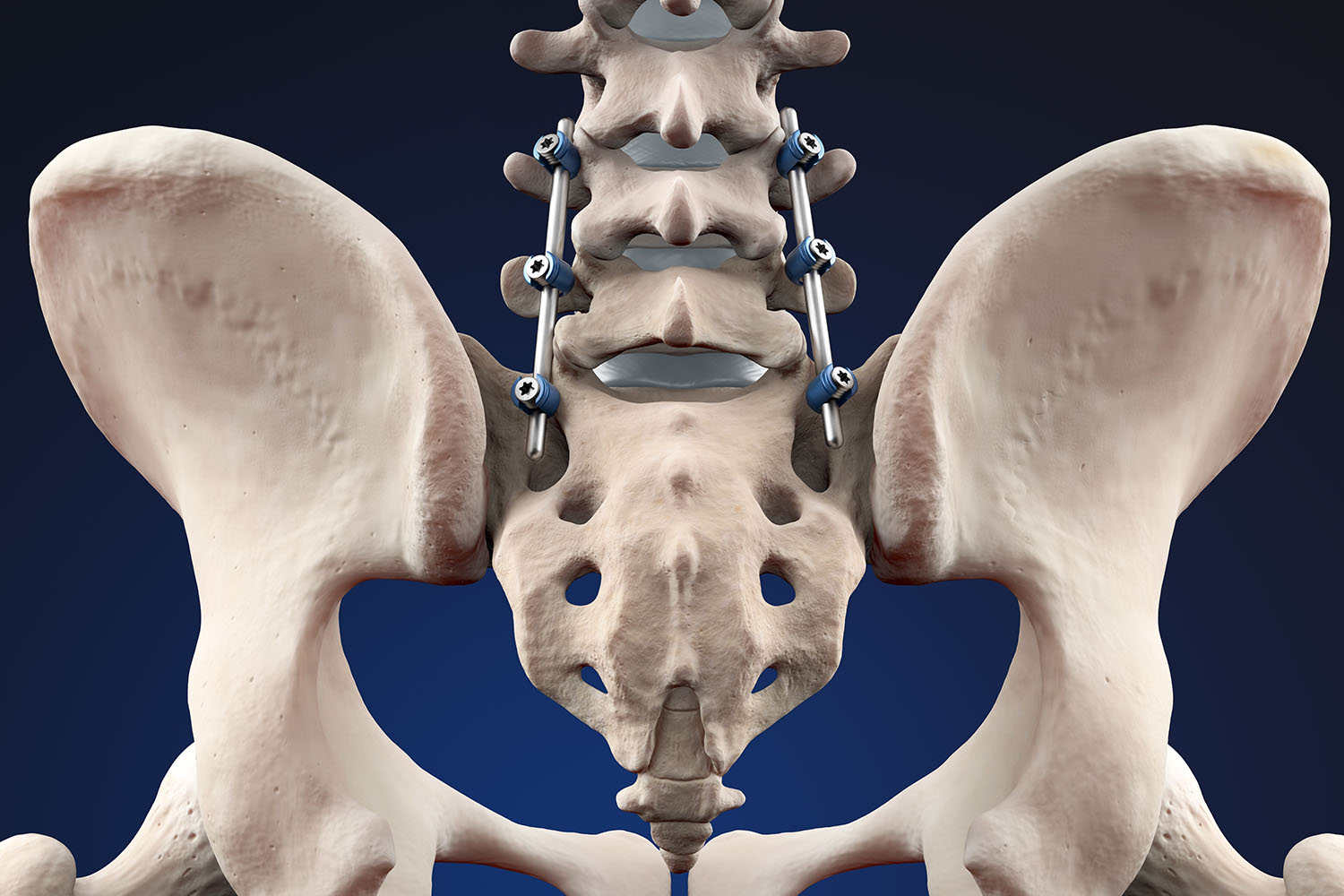Overview
Arthrodesis, commonly known as joint fusion, is a surgical procedure aimed at fusing two or more bones in a joint to form a single, continuous bone. This procedure is primarily performed to relieve pain in a joint that cannot be managed through other treatments, such as medication, physical therapy, or less invasive surgeries.
The Basics of Arthrodesis
The goal of arthrodesis is to provide pain relief by eliminating the movement in the affected joint, thereby stabilizing it. This procedure is often considered for patients with severe arthritis, joint degeneration, or significant trauma that has compromised the joint’s integrity. By fusing the bones, arthrodesis can restore stability and function, although at the cost of losing some or all of the joint’s mobility.
Indications for Arthrodesis
Arthrodesis is commonly indicated for various conditions, including:
- Severe Osteoarthritis: When the joint cartilage has worn away significantly, causing bones to rub against each other, leading to pain and inflammation.
- Rheumatoid Arthritis: An autoimmune condition that causes chronic inflammation of the joints.
- Post-traumatic Arthritis: Arthritis developing after a joint injury.
- Congenital Joint Defects: Deformities present at birth that impair joint function.
- Infections: Severe joint infections that damage the cartilage and bone.
Common Sites for Arthrodesis
Arthrodesis can be performed on various joints in the body, with the most common sites being:
- Spine: Spinal fusion is often used to treat chronic back pain, deformities, or spinal instability.
- Ankle: Ankle arthrodesis is performed to treat severe arthritis or deformities.
- Wrist: This is often done for patients with severe rheumatoid arthritis or following significant trauma.
- Hip and Knee: Though less common due to the success of joint replacement surgeries, arthrodesis can be an option for certain patients.
The Procedure
The surgical approach to arthrodesis varies depending on the joint being fused. Generally, the procedure involves:
- Preparation: The surgeon makes an incision to access the joint.
- Joint Clearance: The damaged cartilage is removed to expose the bone.
- Bone Grafting: Bone grafts, either from the patient (autograft) or a donor (allograft), are used to facilitate the fusion process.
- Fixation: Metal plates, screws, or rods are used to hold the bones together while they fuse.
The success of the fusion is monitored through imaging techniques like X-rays to ensure the bones are fusing properly over time.
Outcomes and Recovery
Recovery from arthrodesis can be extensive, often requiring several months. The fused joint needs to be immobilized initially, using a cast or brace. Physical therapy plays a crucial role in the recovery process, helping patients adapt to the changes in joint mobility and regain strength in the surrounding muscles.
International Research and Advancements
Research on arthrodesis has led to significant advancements in techniques and materials used. For instance, studies have shown that the use of bone morphogenetic proteins (BMPs) can enhance the fusion process, reducing the time needed for the bones to fuse completely . Additionally, minimally invasive surgical techniques have been developed, which reduce recovery times and improve outcomes for patients .
Arthrodesis remains a vital surgical option for patients with severe joint conditions that are unresponsive to other treatments. While it results in loss of joint mobility, the procedure can significantly improve quality of life by alleviating pain and restoring stability. Ongoing research and technological advancements continue to refine the procedure, making it safer and more effective for patients worldwide.
Understanding the complexities and benefits of arthrodesis can help patients make informed decisions about their treatment options, working closely with their healthcare providers to achieve the best possible outcomes.



